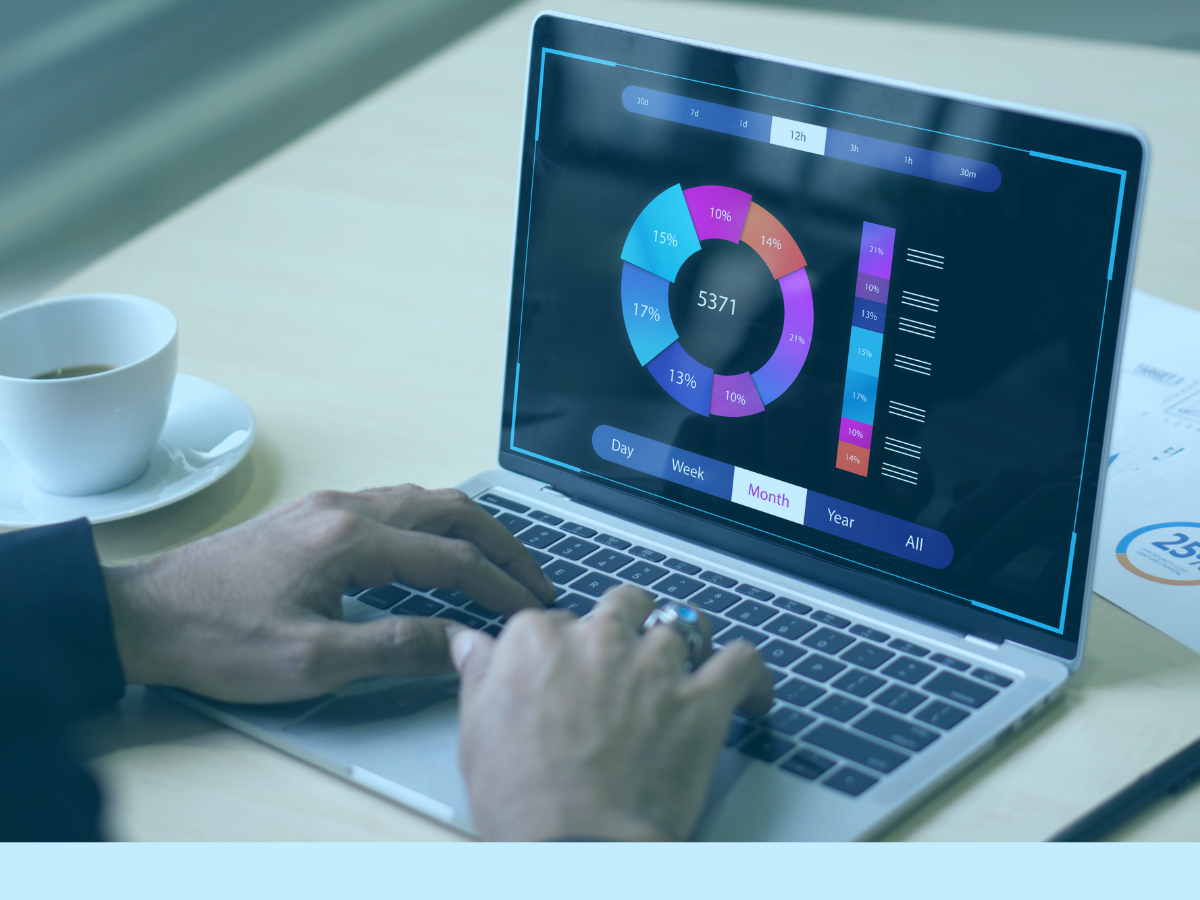In an environment where 66% of businesses report softer apartment market conditions, as per the NMHC Quarterly Survey, the competition in the leasing arena is intensifying
With challenges like slow rent growth, inflation, and new developments entering the fray, property managers need to refine their strategies to capitalize on the current demand. This guide highlights essential Key Performance Indicators (KPIs) for property managers aiming to streamline their leasing operations and secure tenants more efficiently.
Streamlining the Leasing Journey
A streamlined leasing process is crucial for converting inquiries into tenancies swiftly. While the specifics may vary, a successful leasing journey typically encompasses:
- Marketing the properties
- Engaging with potential tenants
- Organizing property tours
- Processing tenant applications
- Conducting background checks
- Finalizing lease agreements
- Facilitating tenant move-ins
Enhancing this journey involves keeping a close eye on several KPIs, which provide insights into your business's performance and competitive position.
Vital KPIs for Property Management Excellence
KPI 1: Performance in Leasing The primary KPI revolves around assessing leasing effectiveness to pinpoint top-performing agents and gauge the ROI of leasing initiatives. Essential aspects include:
- Leasing Dynamics: A system that aggregates data on leads, viewings, applications, and lease signings can identify areas needing improvement, thereby enhancing leasing efficiency.
- Source Tracking: Knowing where inquiries originate helps assess marketing ROI and optimize expenditure.
- Occupancy Targets: Setting realistic goals based on conversion rates aids in achieving occupancy objectives and reducing vacancy durations.
KPI 2: Efficiency in Turnovers Quick and efficient unit turnovers are key to reducing vacancy times. A digital platform that allows for comprehensive management of turnover tasks and vendor coordination can significantly improve this process.
KPI 3: Renewal Strategies Renewal rates are critical for maintaining high occupancy and minimizing turnover costs. Simplifying the renewal process can lead to higher tenant retention rates. Effective strategies include offering varied lease terms, adopting flat rate renewals, digitizing the renewal process, proactively discussing renewals with tenants, and utilizing data to monitor renewal trends.
Leveraging Digital Tools for Leasing Efficiency
The leasing period is always bustling for property management teams. Implementing digital and automated tools can significantly refine the leasing workflow, reducing the time units remain unoccupied. A comprehensive leasing solution can simplify various aspects of the leasing cycle, from lead management to renewals, boosting overall efficiency.
For property managers looking to enhance their leasing strategies, tracking these KPIs is crucial. Concentrating on leasing performance, turnover efficiency, and renewal rates can help property managers navigate the competitive leasing landscape successfully.

